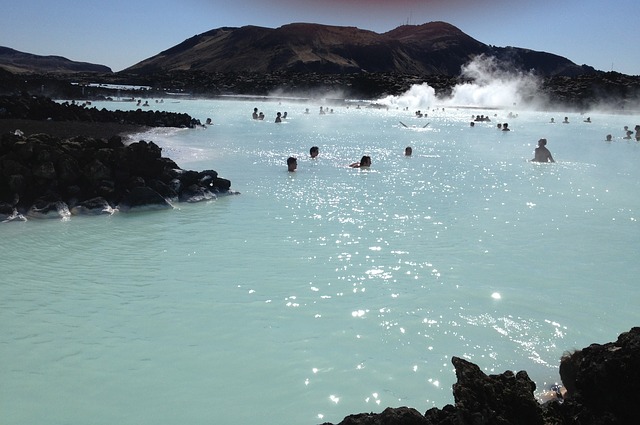Thermal baths and SPA
Siena territory is full of thermal springs, thermal baths of Siena are wonderful and unique for the combination they offer between an excellent climate and incomparable landscapes and it is for this reason that is easy to understand why every year so many visitors are attracted to these areas.
Thermal baths

Landscape and ambient increase the healthy effects of thermal water. Thermal baths also have many therapeutic and more properties: people can chose among beauty treatments, rehabilitation, useful treatments for the therapy of various kind of respiratory diseases.
Hot springs and thermal baths date back to Etruscan and Roman age by tradition, when thermal water were an essential element even for the social life of the cities. Thermal bathas of Siena in Tuscany, in addition of being centres for the treatment of the health and the body, are so lucky to be close to big art and culture centres. In Siena territory there are many thermal baths to visit, from those of Rapolano Terme, the Bagni di Petriolo ones, the thermal baths of San Filippo, Bagno Vignoni, Chianciano, Montepulciano, Fonteverde and San Giovanni di Rapolano.
Rapolano Terme
Rapolano Terme rises up in one of the most suggestive corners of the Sienese countryside: the Crete Senesi. These thermal baths were already known by Romans, as proves the Campo Muri archaeological settlement and they were still used in the Middle Ages. After a long period of scarce use they were revalued in 19th century, when, around their many springs rose up the thermal establishments of San Giovanni and of Antica Querciolaia were Giuseppe Garibaldi went to soothe the injuries received in Aspromonte. The water here is sulphurous-bicarbonate-calcic and is 38°C when it gush, is particularly recommended for the treatment of respiratory, gynaecological, rheumatic and dermatological diseases. Beauty treatments are also available.
Bagno Vignoni
Bagno Vignoni born as a thermal location in the Middle Ages and, despite the many wars and destructions that at the time involved Val d’Orcia area, the appearance of the hamlet remained unchanged untill nowadays and it is so beautiful and suggestive that it deserves to be visited. The village is in the district of San Quirico d’Orcia, in the Sienese province, and it extends along the big pool that constituted the old thermal structure. This urban singularity places the pool at the centre of the village, where usually is a square, making it really unique. Nowadays is no more possible to bathe in this old pool, the modern establishments are just a few hundreds of metres far from the centre of the hamlet. There are many eminent persons who, with their presence, vouch for the celebrity of these thermal baths as Santa Caterina, Pope Pio II Piccolomini and Lorenzo il Magnifico, who spent there a period in 1490. In ‘500 the Sienese Lattanzio Tolomei dictated a votive inscription dedicated to the Nymphs with verses in Greek engraved on a commemorative plaque still visible above one of the pillars of the Santa Caterina's loggia. Tarkovsky, the Soviet director famous for have directed Solaris, filmed in Bagno Vignoni some scenes of his movie “Nostalgia”.
Petriolo
Roman origins of Bagni di Petriolo, in the province of Siena, are well documunted, in fact both Marco Tullio Cicerone in the oratio pro Marco Coelio and Marziale in his famous epigrams. Some Roman graves have been recently discovered in the area. At the beginning of the '400 the thermal establishment was fortified, these walls and the tower of the Sienese Republic are still visible. During the Renaissance the baths were frequented by the Medicis, the Gonzagas, Pope Pio II Enea Silvio Piccolomini and Federico II from Montefeltro. the water is 43°C when it flows from a spring located on the shore of the Farma river and releases a strong sulphur odour due to the presence of hydrogen sulphide to which are owed the benefic effects for respiratory sysem. Thermal water are available both by the modern and equipped establishments and freely along the shore of the Farma river, where little pools have been digged in the stone.

